Geese in 'good condition' after landing on contaminated lagoon: Imperial CEO
, The Canadian Press
The latest in what has been a string of environmental incidents at Canadian oilsands sites was addressed Friday by the CEO of Imperial Oil Ltd.
On a conference call with analysts to discuss Imperial's second-quarter financial results, Brad Corson spoke briefly about the 12 Canada geese that were recently found stained with oil after landing on a lagoon at the company's Mahihkan plant northwest of Cold Lake, Alta.
The incident was made public Monday by the Alberta Energy Regulator, which said the lagoon had been contaminated by an inadvertent release of an estimated 900 litres — approximately six barrels — of crude oil.
“I’m disappointed that this has occurred. And we will be making every effort to learn and apply any preventative measures that are identified," said Corson.
He said all of the geese have been removed from the lagoon and taken to a specialist site for cleaning and rehabilitation.
"We are monitoring their status and they are currently in good condition," Corson said, adding the cleanup of the oil is almost complete and additional measures to deter wildlife from entering the area — including decoys and wildlife cannons — have been put in place.
The Canada geese incident comes on the heels of the ongoing environmental challenges Imperial has faced this year at its Kearl oilsands site.
In May 2022, workers discovered discoloured water seeping near a tailings (industrial waste) pond on the north of the mine site. That substance was later found to be groundwater contaminated by tailings.
The following February, another 5.3 million litres of wastewater escaped from a containment pond, prompting the regulator to issue an environmental protection order.
Area First Nations and governments were angered they weren't kept informed about the investigation into the first release. Three probes have been launched into that nine-month delay — one by a House of Commons committee, another by Alberta's information commissioner and the third by the Alberta Energy Regulator's board of directors.
On Friday, Corson said Imperial has completed the construction of mitigation infrastructure aimed at improving its existing seepage interception system.
"These expansions included additional drainage structures, pumping wells and vacuum systems," he said.
"We are committed to rebuilding the trust we have lost and as you can see, we have been working very hard to correct the issue and ensure it does not happen again.”
In addition to the Imperial episodes, several other Canadian oilsands companies have reported environmental incidents lately.
In May, 32 dead waterfowl were found at two separate oilsands tailings ponds operated by Suncor Energy Inc.
Last month, Cenovus Energy Inc. was issued a clean-up order by the Alberta Energy Regulator after more than 1,000 litres of diesel spilled from a temporary generator into a northern Alberta lake.
On Friday, Imperial Oil reported it earned $675 million in its second quarter, down from $2.41 billion in the same quarter a year earlier, driven by lower refining margins and planned maintenance work.
The company said its profit amounted to $1.15 per diluted share for the quarter, down from $3.63 per diluted share a year earlier, while total revenue and other income amounted to $11.82 billion, down from $17.31 billion for the same period in 2022.
Production averaged 363,000 gross oil-equivalent barrels per day, down from 413,000 in the same quarter last year.
Meanwhile, refinery throughput averaged 388,000 barrels per day, compared with 412,000 a year ago, as refinery capacity utilization fell to 90 per cent compared with 96 per cent a year earlier.
Corson also told analysts on Friday's call that the company's Strathcona Renewable Diesel project, which will be Canada’s largest renewable diesel facility, passed a significant milestone in May with contractors starting construction work.
He said it remains on track for a 2025 startup and is expected to produce more than one billion litres of renewable diesel annually.
This report by The Canadian Press was first published July 28, 2023.
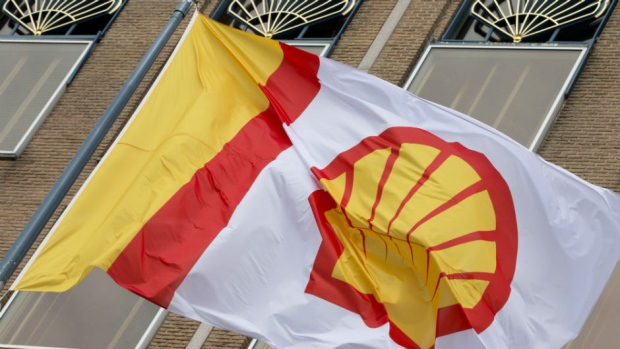


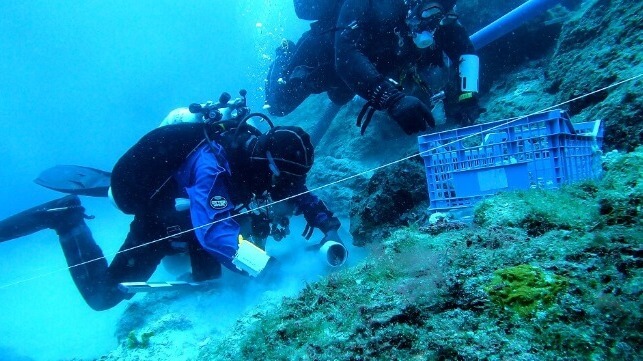
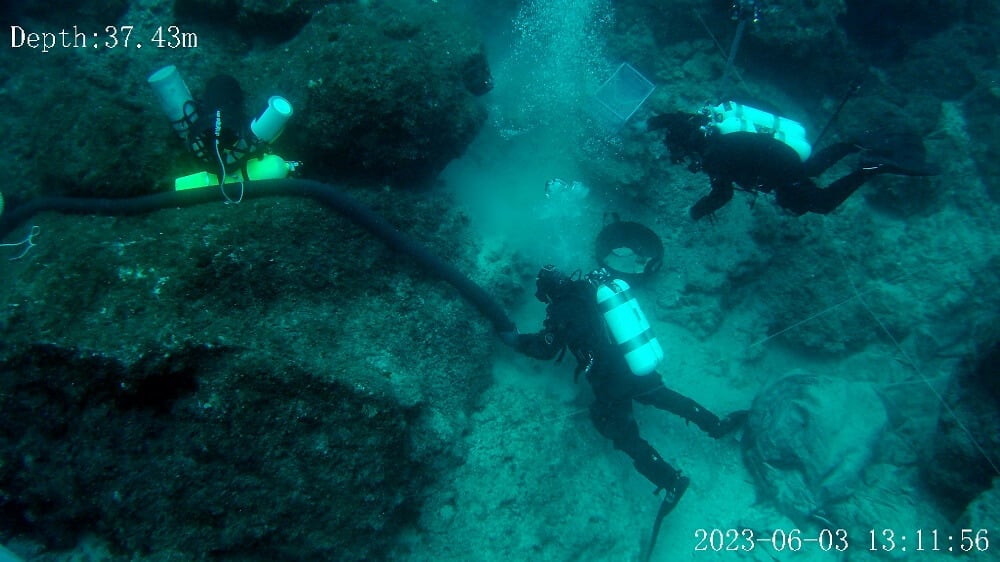
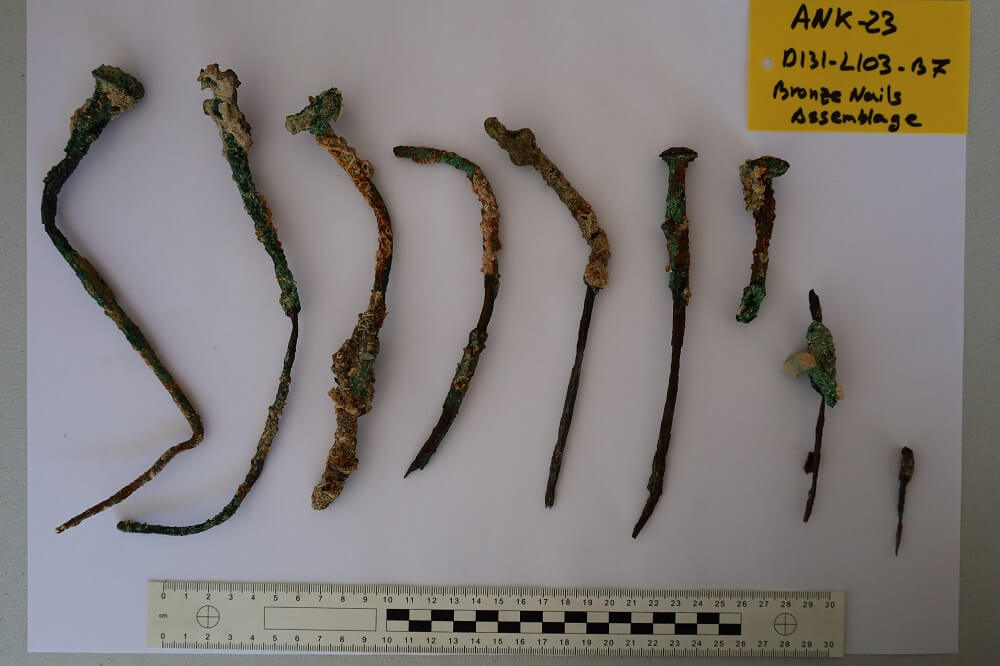
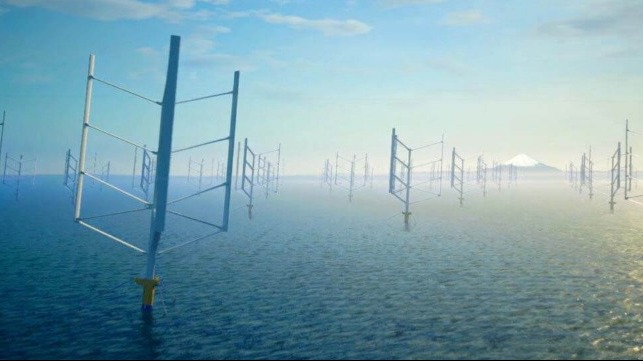
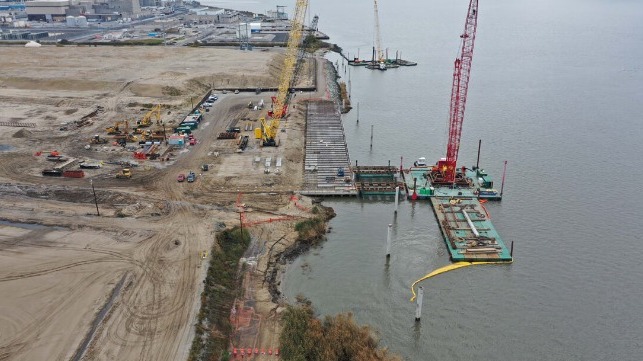
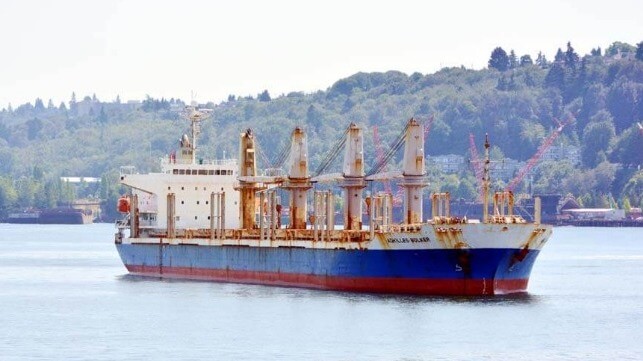
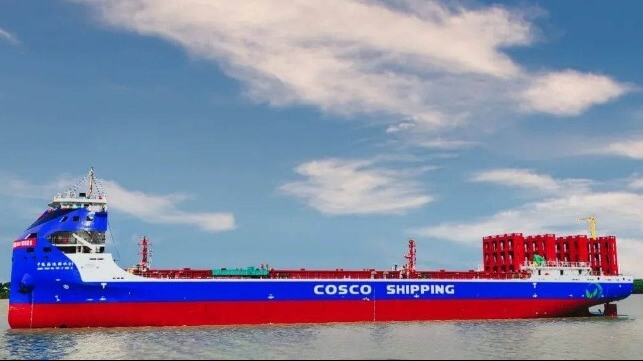
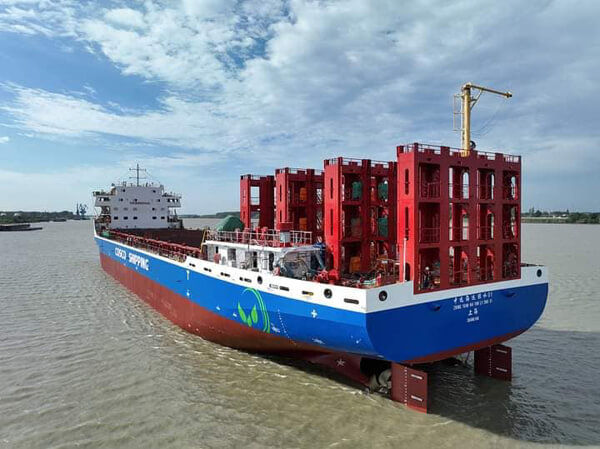
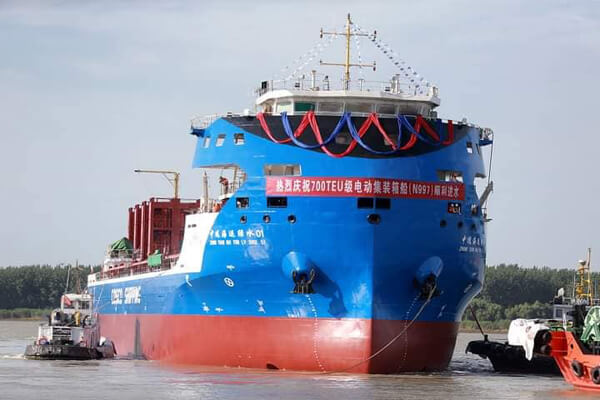
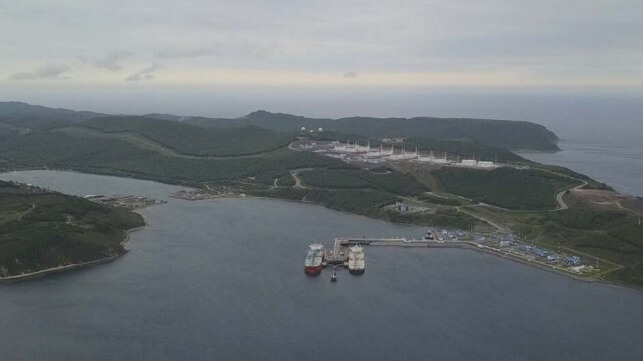
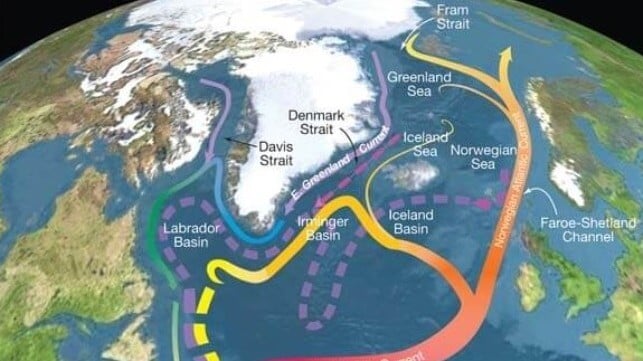
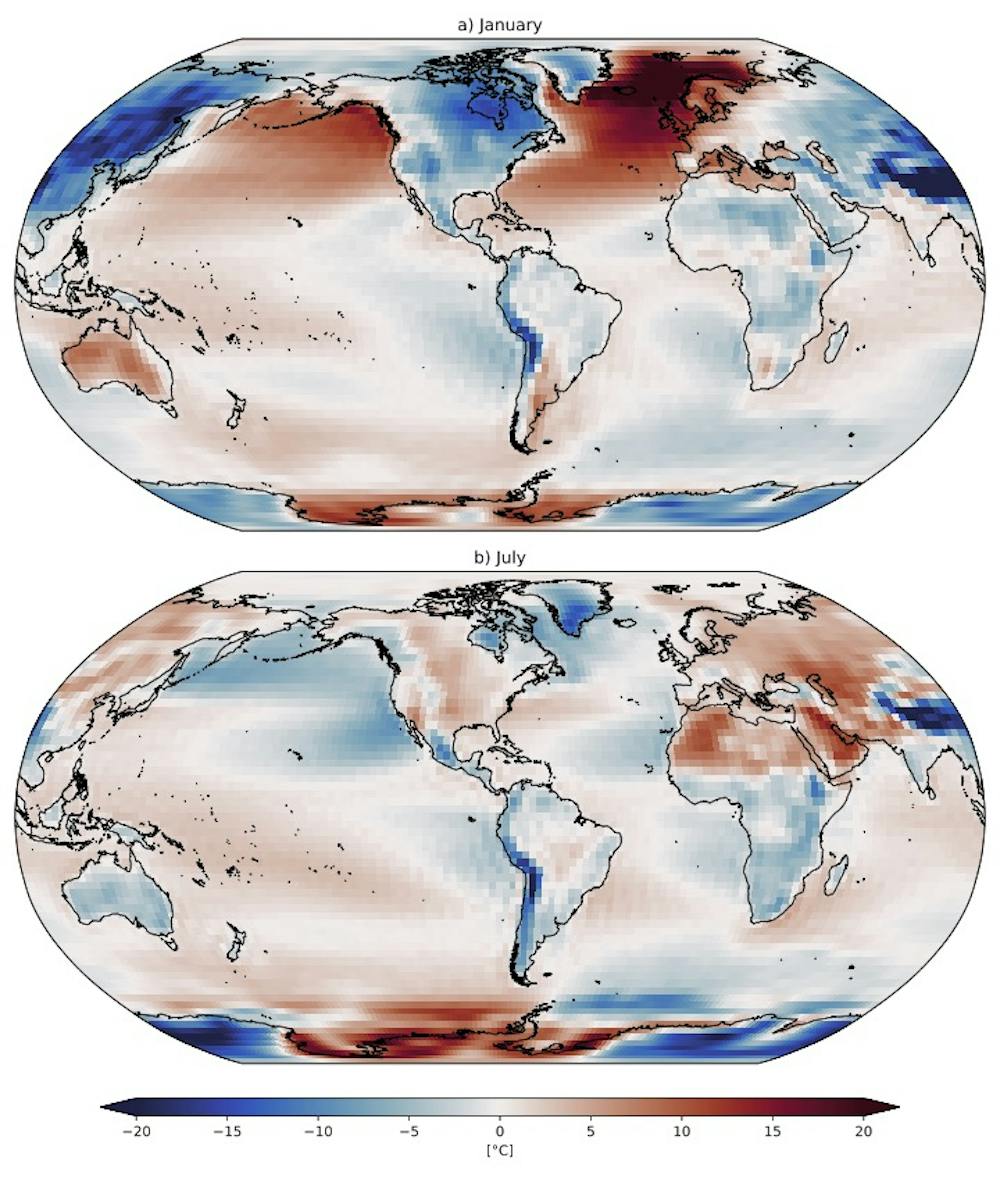
 Spot the blob: temperatures in 2015 – at the time, the warmest year on record – compared to long-term averages. NASA/NOAA
Spot the blob: temperatures in 2015 – at the time, the warmest year on record – compared to long-term averages. NASA/NOAA